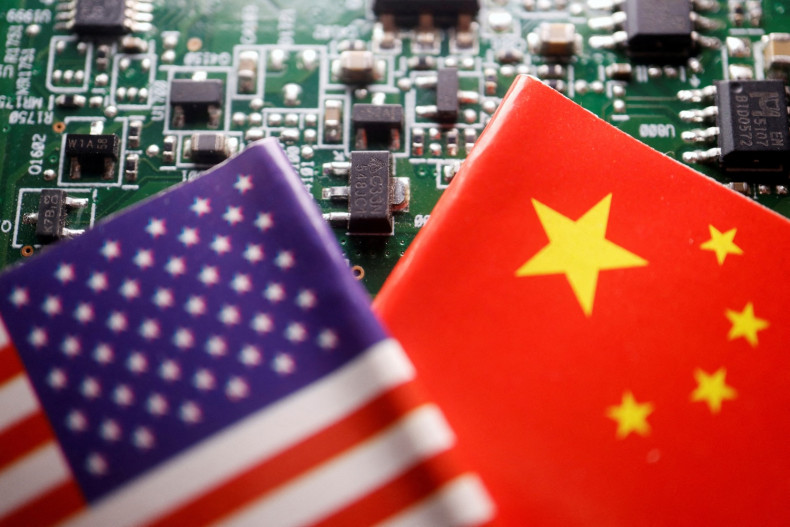The trade ceasefire between Washington and Beijing may currently be holding, but China is growing increasingly cautious about broader developments: the United States’ efforts to establish deals that could isolate Chinese companies from global supply chains.
Ahead of a July 9 deadline, U.S. officials are engaged in discussions with key Asian and European trading partners, pushing for new agreements that include restrictions on Chinese content or commitments to counter what Washington perceives as unfair trade practices by China.
One of the closest negotiations involves India, which is deliberating over rules of origin. According to Bloomberg, the U.S. aims for at least 60% of a product’s value to be added domestically to qualify as “Made in India” for deal benefits. India, however, seeks to lower this requirement to roughly 35%.
Similarly, Vietnam and other nations are under pressure to adopt tiered tariff structures, imposing higher tariffs on goods with substantial Chinese components. Bloomberg reports that exports from Vietnam containing high foreign content could face tariffs of around 20% or more.
This approach resembles provisions found in existing U.S. trade agreements with Mexico and Canada.
“Asia faces a dilemma involving dependence on U.S. final demand coupled with reliance on China’s value-added in local manufacturing,” noted Alicia Garcia Herrero, Asia-Pacific chief economist at Natixis, highlighting Vietnam, Cambodia, and Taiwan as particularly exposed.
China, which is a more significant trading partner for most Asian economies than the U.S., has issued warnings about potential repercussions if its interests are compromised. Foreign Minister Wang Yi is expected to raise these concerns during his upcoming visits to Europe for talks in Brussels, Germany, and France.
The Chinese authorities reaffirmed their stance Saturday, stating, “China firmly opposes any deal that sacrifices Chinese interests for tariff reductions,” adding that China will “resolutely counter” such actions to defend its legitimate rights.
The U.S. is approaching the end of a 90-day suspension of reciprocal tariffs announced by President Donald Trump, which ends July 9. If countries do not finalize trade agreements within this window, they risk facing substantially higher tariffs.
In response, countries like Thailand, Vietnam, and South Korea have taken measures to prevent goods from being rerouted through their borders to the U.S. following Trump’s tariff announcements in April. South Korea, for instance, has intensified crackdowns on transshipment activities, and Taiwan’s President Lai Ching-te has mandated new rules requiring US-bound exports to include legal declarations confirming they were produced in Taiwan.
Another major concern for Beijing is the potential for the U.S. to persuade other nations to impose or tighten export controls on high-tech equipment. Such measures could further inhibit China’s access to advanced semiconductors. Notably, Taiwan has already added Huawei Technologies and Semiconductor Manufacturing International Corp to its entity list, restricting their transactions with local firms without government approval.
Beyond Asia, the EU faces similar pressures. China’s largest export market for electric vehicles, the EU, along with the UK, attracted Chinese investment totaling €10 billion ($12 billion) last year. However, trade tensions are escalating. European Commission President Ursula von der Leyen recently accused China of “weaponizing” rare earths and magnets and expressed concerns over Chinese overcapacity.
Beijing worries the EU might adopt provisions similar to those in the UK-US deal, which include commitments on supply chain security, export controls, and ownership rules in sectors like steel, aluminum, and pharmaceuticals. The FT reported that Beijing publicly criticized the UK-US agreement, viewing it as a challenge to Chinese interests.
Experts suggest that the EU’s position is sensitive, with Brussels and Washington aiming to reach some form of agreement before July 9, when the U.S. is set to impose a 50% tariff on nearly all EU products. As EU exports to the U.S. significantly outpace those to China, the U.S. holds considerable leverage in negotiations.
China’s recent statements seem directed at Brussels, indicating concern over potential EU-U.S. agreements. Hosuk Lee-Makiyama, director of the European Centre for International Political Economy, commented that China fears the EU might align with U.S. measures, which could lead to a broader shift in global trade—favoring “trusted” supply chains and marginalizing China.
In recent years, Beijing has responded to actions it opposes with targeted trade restrictions. For example, after the EU imposed tariffs on Chinese electric vehicles, China countered with anti-dumping probes into European dairy, pork, and brandy. Trade restrictions were also introduced following critical G7 meetings, which perceived as opposition to China. Persistent tensions with Australia in 2020 led to bans on imports like lobsters, wine, and barley.
“If certain agreements explicitly aim to target China or showcase collaboration with the U.S. to contain China, China will certainly respond,” explained Tu Xinquan, dean of the China Institute for WTO Studies at the University of International Business and Economics in Beijing.

